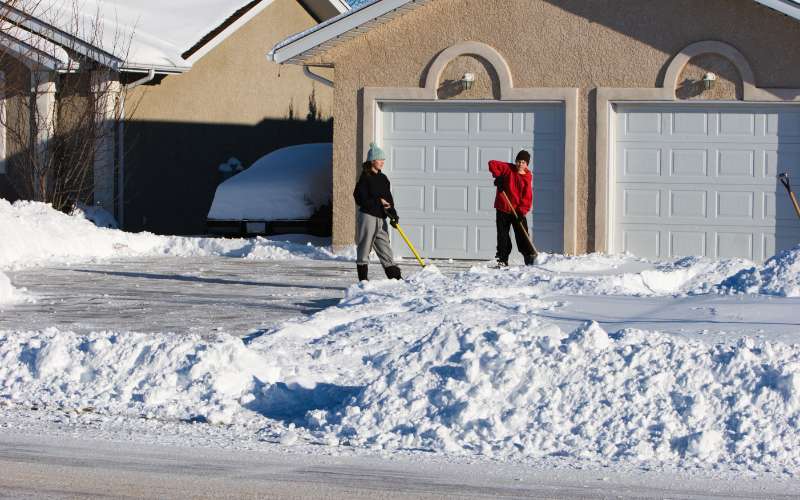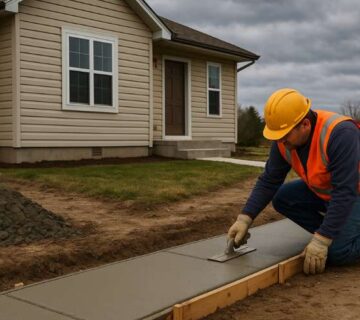Winter can wreak havoc on concrete, leaving you with cracks and costly repairs. Knowing how to protect concrete from freeze-thaw damage is essential for homeowners and businesses alike. Did you know that improper winter care could shorten the life of your concrete by years? Let’s explore simple, effective solutions to keep your concrete durable through harsh winters.
Protecting Concrete from Freeze-Thaw Damage Made Easy
When winter arrives, concrete faces challenges like cracking, scaling, and deterioration. Learning how to protect concrete from freeze-thaw damage ensures longevity and prevents costly repairs. Below, we’ve outlined key methods to safeguard your concrete during colder months.
Why Freeze-Thaw Cycles Damage Concrete
Concrete is porous, meaning water can seep into its surface. When temperatures drop, trapped water freezes and expands, causing cracks. Repeated cycles of freezing and thawing can weaken the structure over time. Understanding this process helps you take preventative steps to minimize damage.
Choose the Right Concrete Mix
A durable concrete mix is your first defense against freeze-thaw damage. Look for mixes with air-entraining agents, which create tiny air pockets that allow water to expand without harming the surface. Additionally, opt for high-strength concrete if you’re planning a new installation.
Seal the Surface for Protection
Sealing concrete is crucial to protect it from water absorption.
- Choose a quality sealer: Penetrating sealers are ideal for outdoor surfaces as they repel water and resist stains.
- Apply regularly: Reapply every 1–2 years for maximum effectiveness.
Keep Concrete Clean and Dry
Regular maintenance prevents moisture buildup, reducing the risk of freeze-thaw damage.
- Sweep debris off the surface to keep drains unclogged.
- Avoid allowing snow and ice to sit for prolonged periods.
- Use a broom instead of metal tools to remove snow, avoiding scratches.
Avoid Using Harmful De-Icing Chemicals
Many de-icing chemicals can cause spalling and weaken concrete. Instead, use:
- Sand for traction without chemical damage.
- Calcium magnesium acetate as a safer alternative for melting ice.
Address Small Cracks Immediately
Small cracks can expand in freezing temperatures. Repairing them early prevents further damage.
- Use a concrete repair compound to fill cracks before winter.
- Smooth and level the surface to reduce moisture retention.
Ensure Proper Drainage
Water pooling on concrete increases freeze-thaw risks. Ensure your drainage system directs water away from paved areas. If necessary, grade the surrounding landscape to improve runoff.
Protect Edges and Corners
Edges and corners are more vulnerable to damage. You can add protective barriers or coverings in high-traffic areas to reduce wear.
Long-Term Care for Freeze-Thaw Resistance
- Inspect concrete surfaces annually for signs of wear.
- Consider resurfacing older concrete to add durability.
- Use breathable mats or coverings to shield areas during heavy snowfalls.
Quick Tips for Success
- Clean and seal concrete in the fall before freezing temperatures arrive.
- Check for standing water after heavy rains.
- Use products specifically designed for concrete care.
Protect Your Concrete Today
Protecting your concrete from freeze-thaw damage is easier than you think. Simple steps like sealing, cleaning, and using the right materials can make a big difference. Don’t let winter ruin your investment. Contact us today for expert guidance and solutions tailored to your needs. Let’s ensure your concrete stays strong, no matter the weather!





No comment